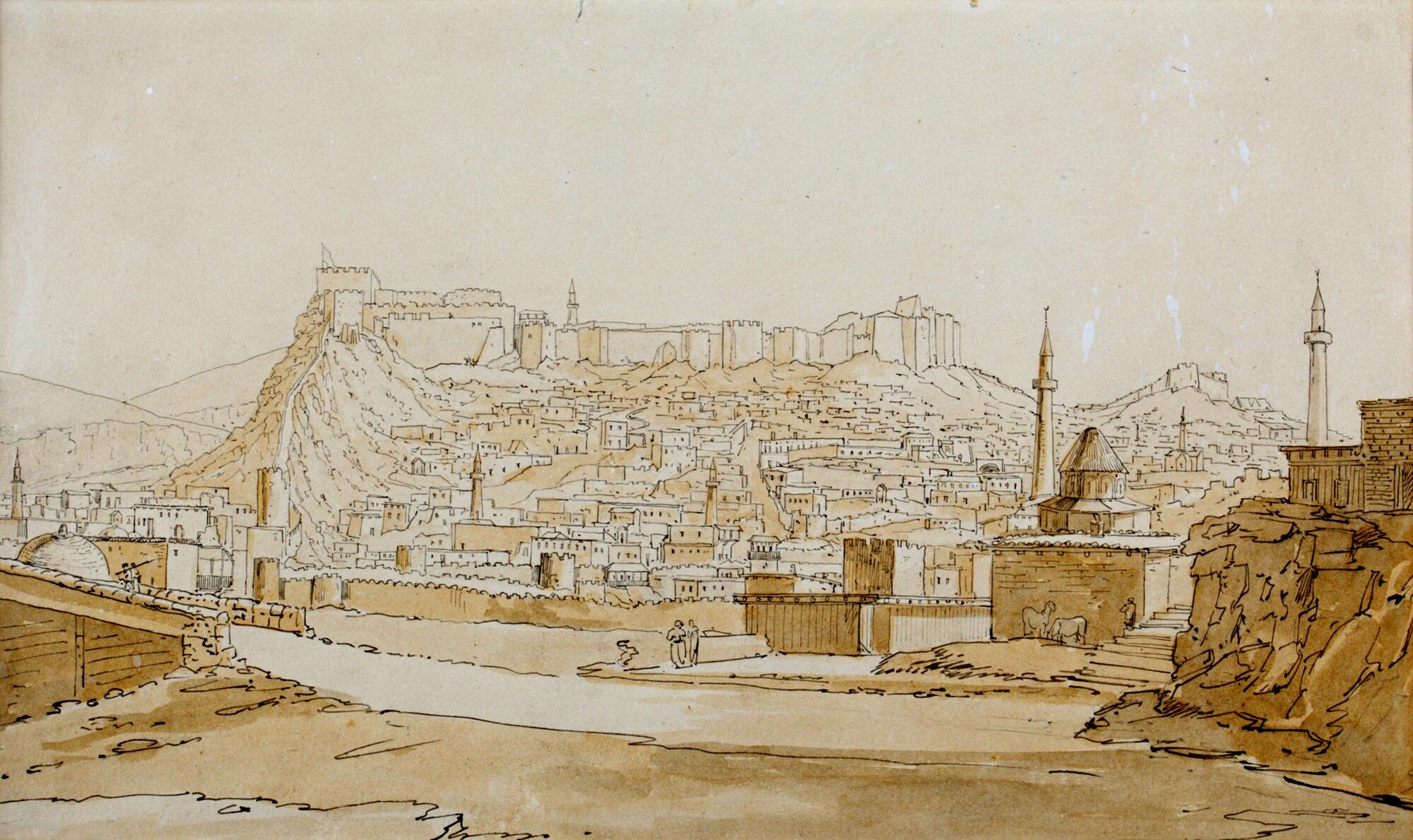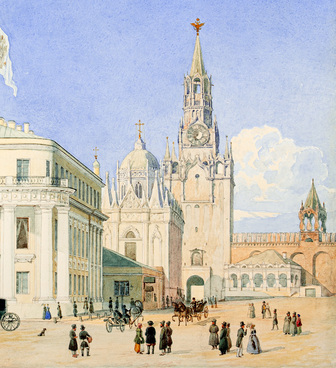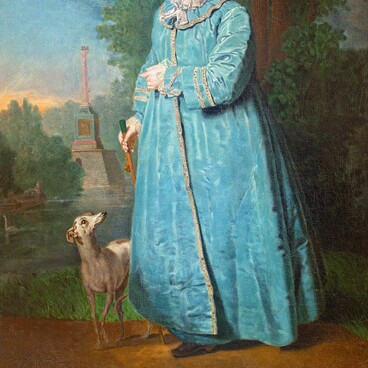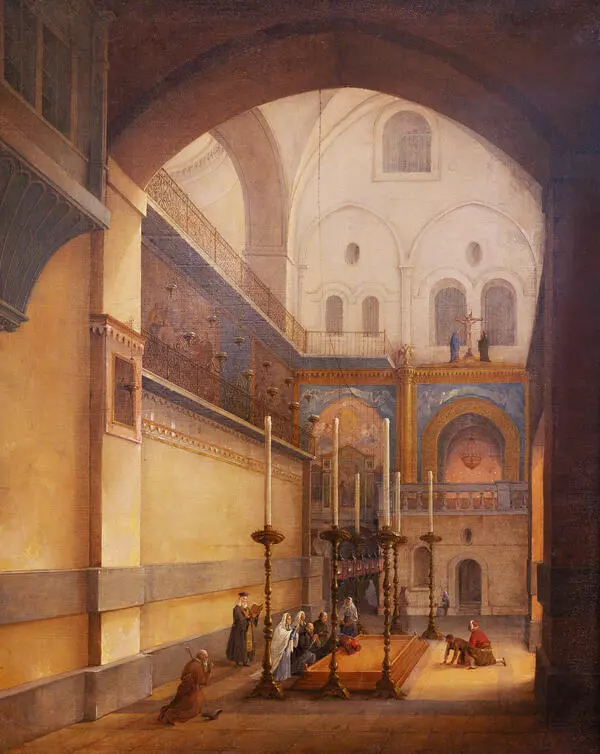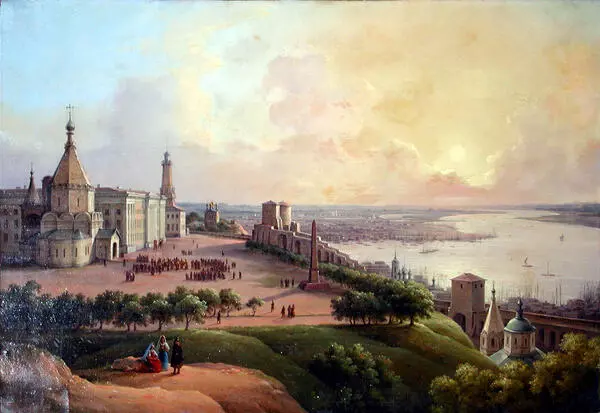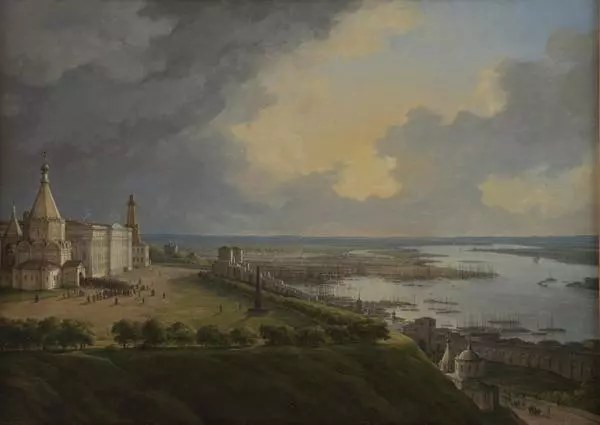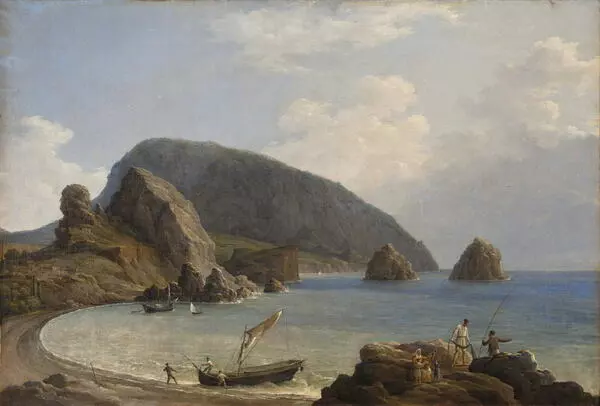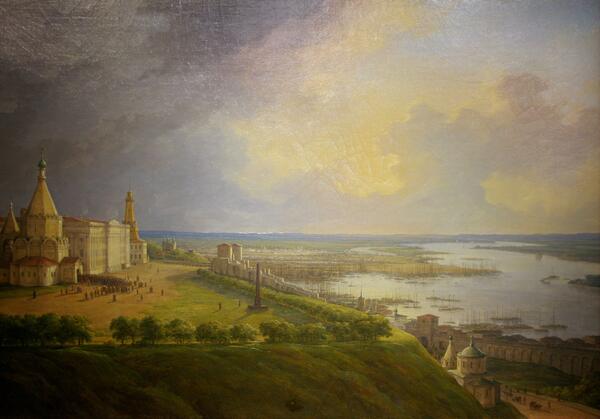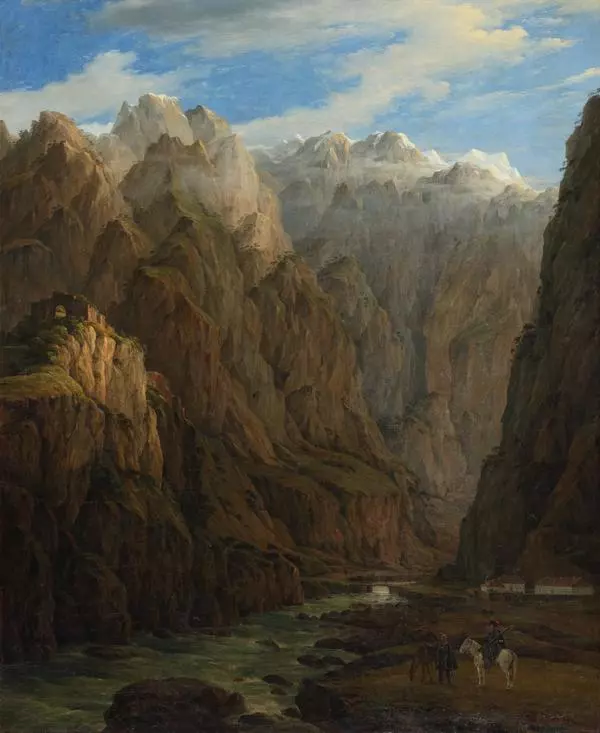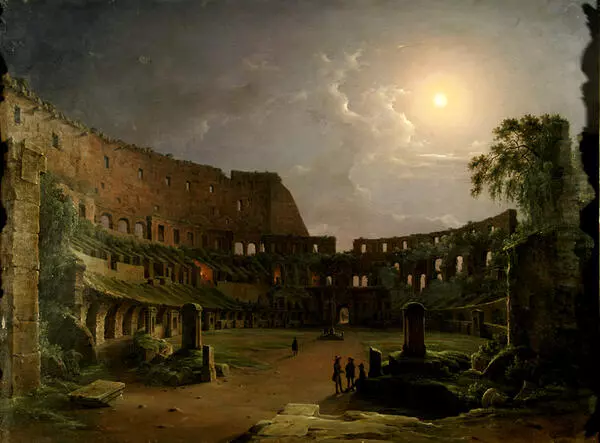I rode along a wide
valley surrounded by mountains. Soon I saw Kars, which loomed white on one of
them. My Turk kept pointing it out to me, repeating: Kars, Kars! and started to
gallop; I followed him, tormented with worry: my fate was to be decided in
Kars. There I was to find out where our camp was and if there was still any
possibility for me to catch up with the army… We rode into Kars. As we rode up
to the gate of the city, I heard a Russian drum: they were summoning the
soldiers for a morning gathering. The guard took my note and went to the
commandant. I stood in the rain for about half an hour. Finally, they let me
pass. I ordered my guide to take me straight to the baths. We rode along
crooked and steep streets; our horses slipped on the bad Turkish pavement. We
stopped at one building, of rather a bad appearance. This was the bathhouse.
The Turk dismounted and began to knock at the door. Nobody answered. The rain
was pouring down over me. Finally, a young Armenian came out of a nearby house
and after a discussion with my Turk called me over, expressing himself in
rather pure Russian. He took me along a narrow staircase to the second floor of
his house. In a room furnished with low sofas and threadbare carpets sat an old
woman, his mother. She came up to me and kissed my hand. The son ordered her to
light the fire and prepare supper for me… In the morning I went to have a look
at the city… As I examined the fortifications and the citadel, which was built
on an inaccessible cliff, I found it impossible to understand how we could have
taken Kars.
